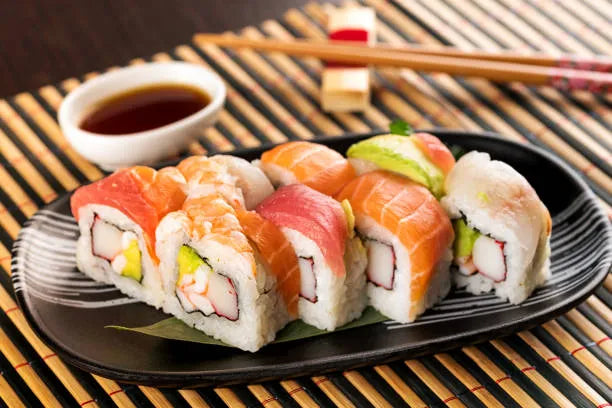
Exploring the Flavors of Japanese Cuisine
Share
Japanese cuisine is a celebration of simplicity, precision, and deep flavors, offering a culinary experience that is both comforting and adventurous. For those unfamiliar with it, the world of Japanese food can feel like an endless journey of discovery, where every dish tells a story, and every ingredient is thoughtfully chosen to complement the others.
One of the core philosophies of Japanese food is the emphasis on seasonality. This concept, known as shun, means that ingredients are selected at the peak of their freshness. This is why certain dishes may be available only during specific times of the year, and why eating a bowl of ramen in the winter can feel like the ultimate comfort food, while sushi made with summer fish is light and refreshing. The Japanese approach to food is not just about taste, but also about respecting the rhythm of nature.
Perhaps the most iconic Japanese dish is sushi, but the variations are almost endless. While sushi is often thought of as raw fish served on vinegared rice, there are many forms, from nigiri (fish on top of rice) to maki (rolls), and even chirashi (sushi bowls). The quality of the fish, the texture of the rice, and the subtle balance of vinegar, sugar, and salt are what elevate sushi to an art form. But sushi is just the beginning of what Japanese cuisine has to offer.
Ramen, another favorite, is a dish that has captured the hearts of people around the world. While it may seem simple at first glance, with its broth, noodles, and toppings, the flavor complexities that come from simmering the broth for hours or days are what make it so satisfying. From the light and clear shoyu ramen to the rich and hearty tonkotsu variety, each style of ramen tells a different story, influenced by the regional flavors of Japan.
Then, there’s the humble yet deeply satisfying bento box. Bento, traditionally a lunchbox, is an artful collection of small, balanced dishes, often containing rice, fish or meat, pickled vegetables, and seasonal sides. The variety and attention to detail in a bento make it a perfect example of the Japanese skill of making the everyday extraordinary.
For dessert lovers, Japanese sweets offer a unique take on sweetness that focuses on subtle flavors rather than overwhelming sugar. Wagashi, traditional Japanese sweets, are made with ingredients like sweet bean paste, rice flour, and matcha, and are often enjoyed with a cup of green tea. The delicate flavors and intricate shapes of wagashi provide a delightful end to any meal, and they often tie into Japanese seasonal celebrations, with colors and designs that reflect the time of year.
Of course, no exploration of Japanese food would be complete without mentioning the importance of umami, the savory fifth taste that is often described as the essence of deliciousness. Found in ingredients like soy sauce, miso, seaweed, and mushrooms, umami is a key element in many Japanese dishes, and its discovery has even influenced global cuisine.
Japanese food isn’t just about eating; it’s about experiencing the beauty of balance, the harmony of flavors, and the care with which ingredients are chosen and prepared. It invites you to slow down and savor each bite, paying attention to the subtle details that make each dish unique. Whether you’re sitting down to a meal at a sushi bar, enjoying a bowl of miso soup at home, or indulging in the delicate sweetness of a piece of wagashi, Japanese food has a way of connecting you to both tradition and the natural world around us.
For more details, please refer to Flavors and Footprints.
